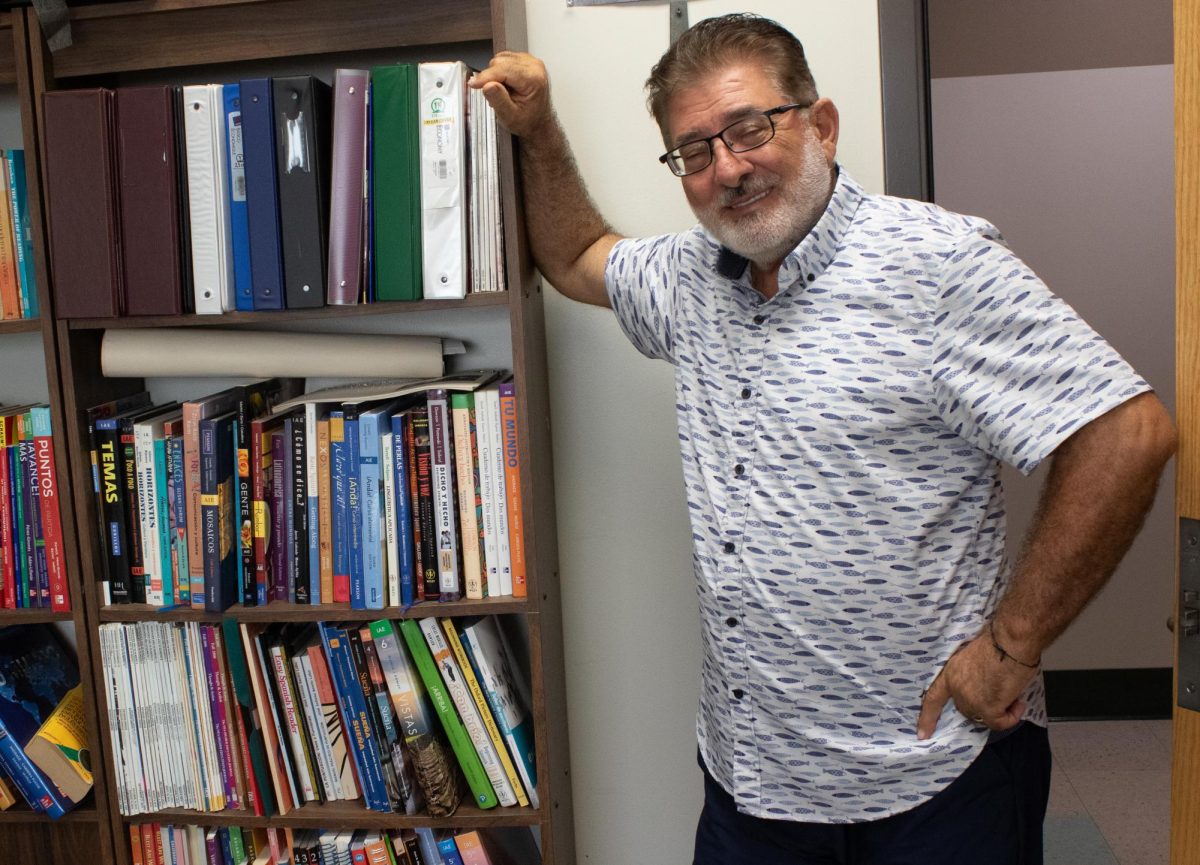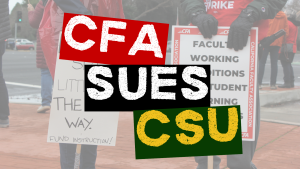Moving away from outdated prejudice and toward acceptance
November 20, 2013
Sexual encounters of the 60s versus those of today’s society have completely evolved in a positive way within the gay community. Though there are still prejudices against same sex relationships, people are much more accepting in 2013.
In the 50s and 60s, homosexuals were stuck in limbo. The civil rights movement was occurring, yet, no one wanted to listen to their story. No one wanted to give them a chance to speak up and take strides for their own sexual liberty.
During the early 60s, many people viewed homosexuals as mentally ill. Doctors were even masked by the stereotype that followed the gay community. This led to an overwhelming amount of support for the unjustified claim.
Imagine a world where there was no place to be yourself around your friends and family. This type of society held no safe haven for people preferring same sex relationships. There were many people who felt isolated and despaired.
71-year-old Lola Lewis was one of these people. Lewis lived in Washington D.C. 52 years ago and experienced discrimination from many people because she is lesbian. She had to keep her personal dating life very secretive in this era.
“My heartfelt passion [about the gay community] today comes from surviving Washington D.C. before Stonewall 52 years ago, when I worked for Jackie Kennedy’s family during the time of J.F.K’s assassination. In those days, there was so much fear of being found out that you were gay that we had to use an alias instead of our real names. There was much cheating and partner-switching,” Lewis said.
Lewis said the few bars that were “gay” bars were run by the mafia and that protection was paid for under the table, so nothing was traceable on paper.
People treated the gay community as if it were some type of illegal act, like selling heroin or methamphetamines on the street. The fact that homosexuals were treated as low-life criminals is absurd.
Gay men and lesbians were always afraid to go out with one another because they could end up getting arrested, beaten, raped or killed.
“Murder was called suicide,” Lewis said. “We didn’t dare venture out to a restaurant or movie without a member of the opposite sex along as a date. My girlfriend would carry her ‘boy’ clothes and shoes in a paper bag to change into in the car before we went into the bar.”
This was an extremely difficult time for anyone who identified themselves as gay to come out of the closet.
Thankfully, the sexual revolution emerged and a revolution it was. It was the first time people were attempting to push the social boundaries and challenge those around them for acceptance.
Sacramento State public relations alumnus Rachid Frihi, 29, came out to his mother at the age of 15, but refrained from telling his dad because he thought it would cause negative effects. Sadly, Frihi’s worries were confirmed when his father learned of his sexuality from another source.
“My mother was extremely supportive, but my dad was a roller-coaster of confusion. He was concerned, angry depressed and just didn’t understand,” Frihi said. “It’s not a choice [to be gay] and he just seemed to think I woke up one day thinking ‘Hey, I am going to like guys now because I want a more difficult life.’”
In 2013, society as a whole welcomes diversity. Everything from different races, religious backgrounds and sexual preferences are all accepted. The gay community is not treated anywhere near as poorly as they once were.
Though some people still feel apprehension about fully embracing the idea of two men or two women interlocking hands and exchanging kisses in a public park on any given day.
Therefore, societal pressures are still present. Many of us are taught from a very young age that boys and girls are supposed to be together – not boys and boys, girls and girls. There aren’t too many Disney princesses falling in love with their chambermaid or princes falling for male servants.
Until children are brought up in a world where they see Bob and Frank in commercials holding hands and selling wedding bands, people in the gay community will still have their reservations about coming out of the closet.
This brings up the interesting topic of stepping out of the closet and into the world of sexual identity. In the 60s there were gay men and lesbian women – the ‘in-between’ orientations weren’t talked about as much. This is completely different now.
We live in an age of fluidity when it comes to identifying one’s sexual preference and personal identity. Terms are all over the rainbow; everything from lipstick lesbians to exist in today’s liberating world.
Over the past 50 years, the gay community has made strides through activism and acceptance from the people who surround them. The key is honesty and authenticity. The freedom to explore sexuality does comes with some responsibility, but it can serve as a catalyst for inner liberation.






















































































































